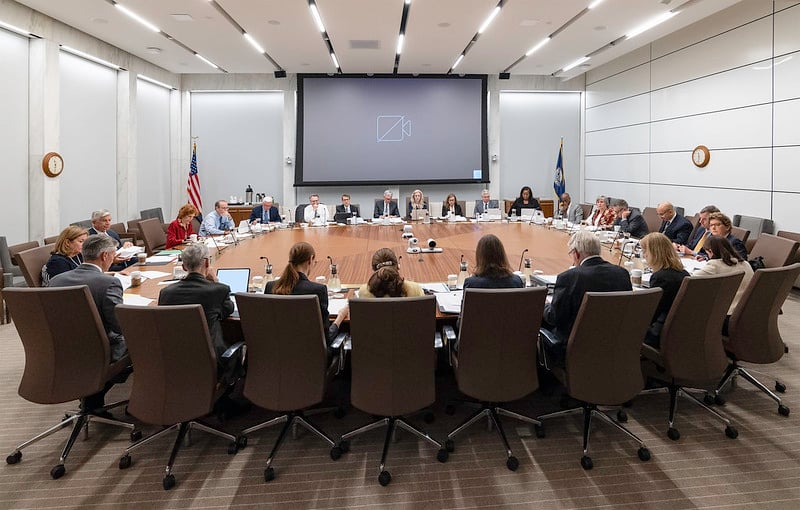The outlook for future economic growth remains “generally weak” at a time when rising food prices and rents have forced consumers to shift spending to necessities, according to the Federal Reserve’s Big Book report.
This report came before the scheduled meeting of the Federal Open Market Committee (FOMC) of the Federal Reserve on September 20, which will consider the amount of increase that must be approved in interest rates in order to reach the “Federal” target of reducing inflation rates to 2 percent.
Many analysts believe that the Federal Reserve wants interest rates to reach 4 percent at the end of the year, 1.5 percent higher than their current levels (2.25 percent – 2.50 percent), which were up from zero percent last March.
There is a view that says that the reserve may decide at its meeting to raise interest rates by 75 basis points, and to follow them with small increases in the remaining two meetings of this year, to reach the desired level of 4 percent.
In its report, the Federal Reserve said: “Economic activity, overall, has not changed. Since early July […] expectations for future economic growth have remained generally weak, with expectations of a further decline in demand over the next six to twelve months.
The book’s economic report is based on information collected by the 12 central banks of the Federal Reserve as of August 29.
The report said inflation pressure continued to push consumption patterns away from discretionary items. “Most regions reported flat consumer spending, as households continued to decline activity and shift spending away from discretionary goods and toward food and other basic items.”
A tight labor market continues to support wage growth in all regions, although there is some slowdown in the pace of growth, with reports of “salary expectations moderating”.
While there were indications of a “moderation” in the pace of inflation, price levels remained “extremely high,” according to the report.
It added that “significant price increases were reported in all regions, particularly with regard to food, rent, utilities, and hospitality services”, with most expecting “price pressures to continue at least until the end of the year”.
The markets are awaiting the publication of consumer price figures, or inflation, on September 13. It fell to 8.5 percent in July, compared to 9.1 percent in June, and its reading was lower than expected with the easing of inflationary pressures.
Tough statements
Despite signs of easing inflation, price pressures remain too high for Fed officials to soften their hawkish rhetoric.
Fed Vice Chairman Lyle Brainard said monetary policy will need to be constrained for some time, and that the central bank will need to watch for “several months of low monthly inflation readings” and ensure inflation slows to 2 percent.
For her part, the new president of the Federal Reserve in Boston, Susan Collins, said that returning inflation to the 2 percent target is the “first task” of the Fed.
And she considered that “it is premature at the present time to talk specifically about what is the most appropriate move for monetary policy, which will be in September.”








